Could you really leave it all behind and live on your motorcycle? Meet James Bai, a cubicle dwelling engineer who decided to do exactly that. James and his wife carefully planned their entire lives to make the dream of a never ending road trip come true, leaving nothing to chance… or so he thought. In this conversation, James talks about that process, what it really takes to live as a nomad, and how for him even more than most wanderers, it was what he hadn’t planned on that transformed his journey into a new beginning.
Show Notes

James Bai, on the road with his all-business Honda CB500X.
James’ journey – both personally and literally – began as something else entirely, a kind of hybrid of perpetual motorcycle touring and RVing, an experience he shared with his former partner. This was their blog. James said it was she who did most of the writing there, and the content definitely emphasizes the RV side of the equation, but it’s an intimate glimpse at how the life we plan isn’t always the life we get.
Wobblycat has done some travel writing for Ontario Tourism, and you can find that here. It’s great stuff, and a welcome resource for people planning to ride in this sometimes underappreciated part of Canada (at least by motorcyclists).

Wobbly’s solo travels in 2019. Riding a lot of miles is one thing, and for many riders the thing that counts. But I admire James’ preference for wandering… finding places he likes, and staying long enough to understand and enjoy them.
If the life of a moto-vagabond appeals to you, James shared some resources that will be invaluable, starting with Bunk-A-Biker, the community of motorcyclists who host riders on road trips. You can learn more about them by following them on Facebook, here. Another Facebook group focused on this lifestyle is Minimalist Motorcycle Vagabonds. If you’re a listener to Motorcycles and Misfits, you might remember Zee Traveler… I believe she runs both of these groups. You can learn more about her here. And finally, a resource that has come up a few times in this podcast, Horizons Unlimited.

James, somewhere near the northernmost point of his 2019 travels…

… and somewhere near the southernmost. His license plate seems like an invitation to say hi, if you happen to see him out there.

One of those mountain lakes that made such a strong impression. James told me in our pre-interview correspondence that he found nature “healing” during his solo travels. This image makes a pretty strong case.
James wrote me after our interview, feeling as if he’d somehow under-delivered on the question of what he thinks about during those long hours on the road. He said, “I often have incredibly deep thoughts — like black hole level deep. Insights into life, human nature, relationships, motivations, and other random things. It’s quite possible I solved world peace and the saved the environment, but I never remember these thoughts by the time I get off the bike.” Me, too, Wobblycat. Me, too.
If you want to connect with James Bai, Instagram is your best bet. He’s @wobblycat , of course.
This episode’s playlist recommendation, ‘Ol’ 55′, is from Owen Campbell’s album ‘In The Shadow Of The Greats’. He’s actually recorded this classic early Tom Waits track twice, and I flipflopped a few times before choosing this version, won over by its bluesy simplicity (the other version includes some piano, making it more Waits-like). Fittingly, Campbell was a globetrotting busker, a bit like Episode 1’s featured artist Denmantau, before being discovered on ‘Australia’s Got Talent’. You can find out more about him on his web site, which is here. His music is widely available on the usual platforms, and he has a notably strong following on Spotify, which might be a great place to start getting to know his music better.

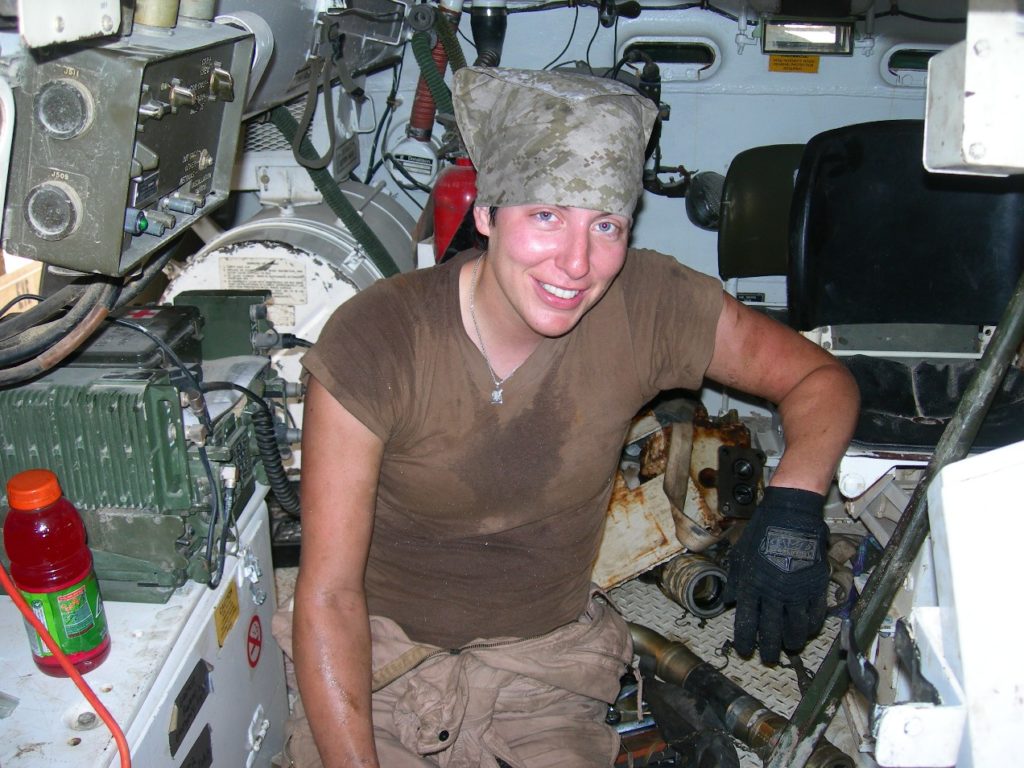
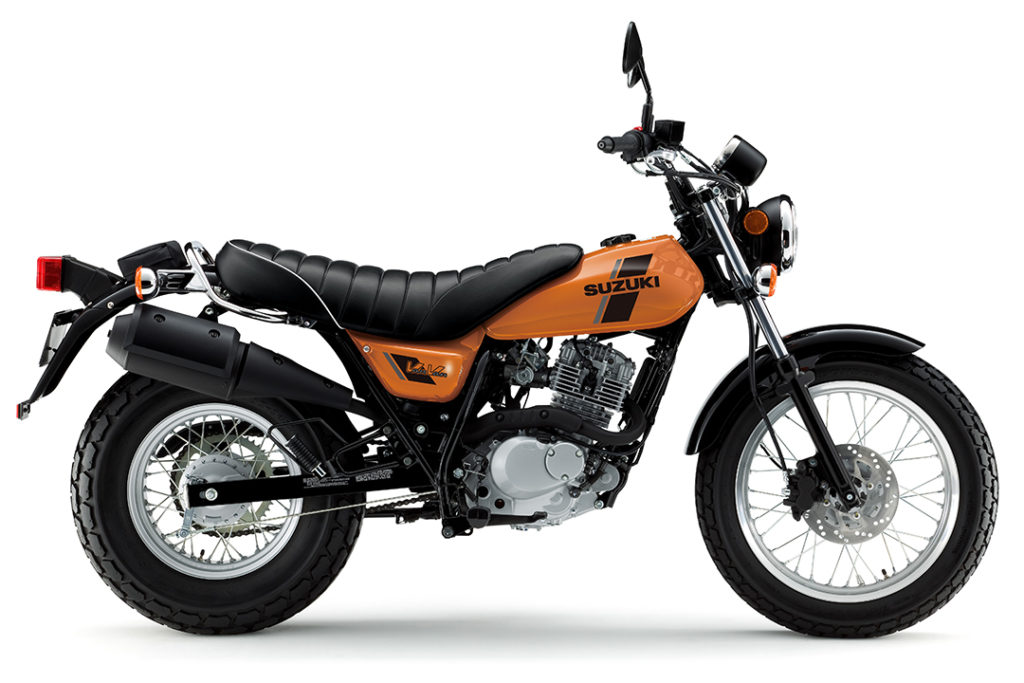





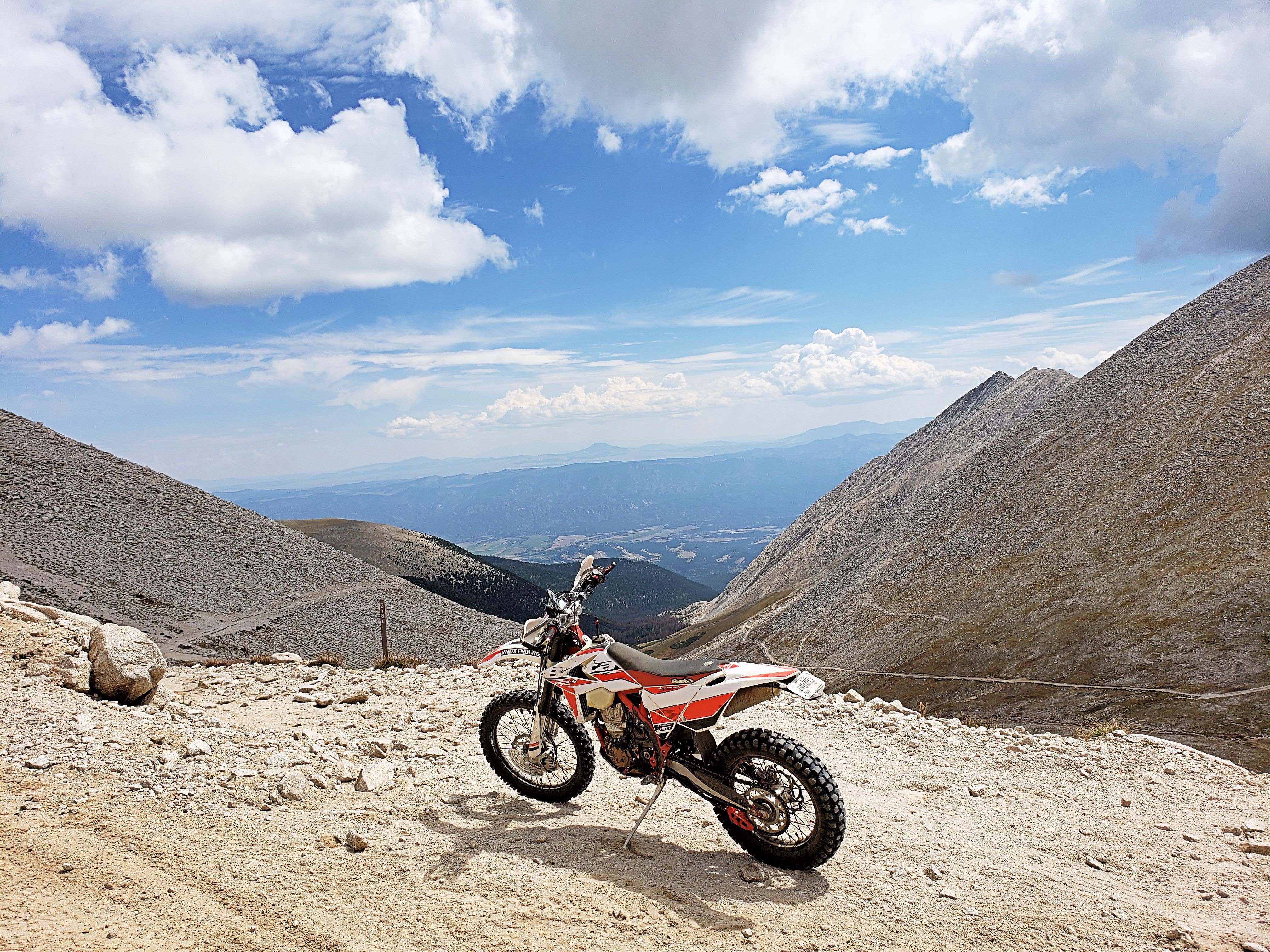
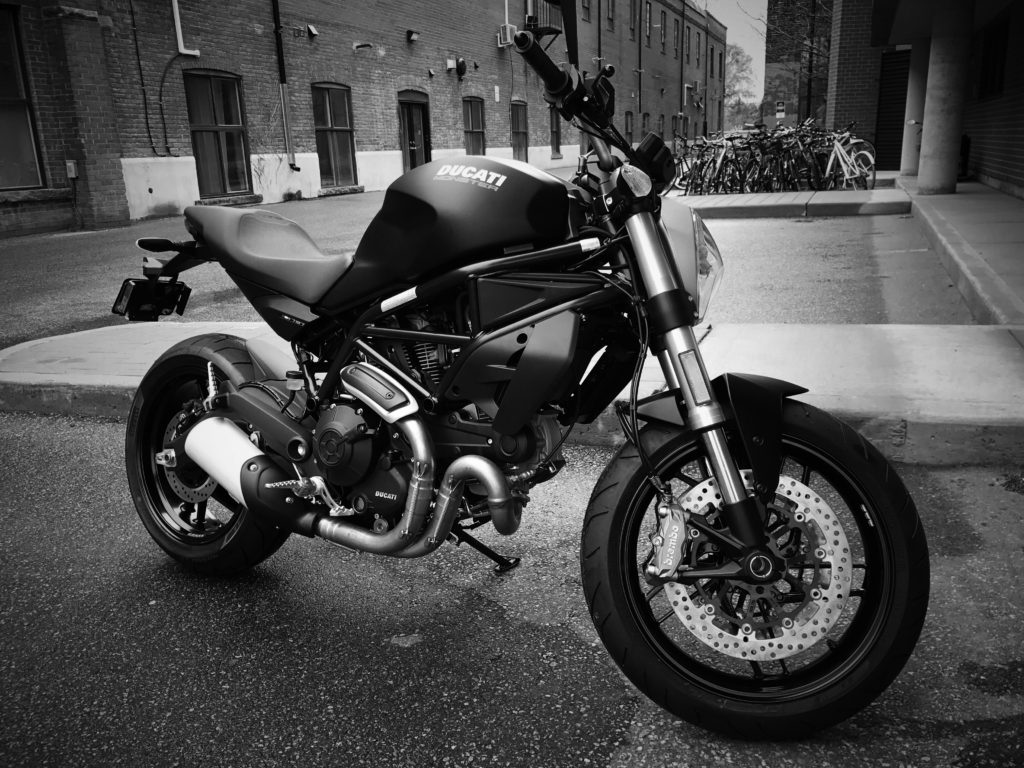



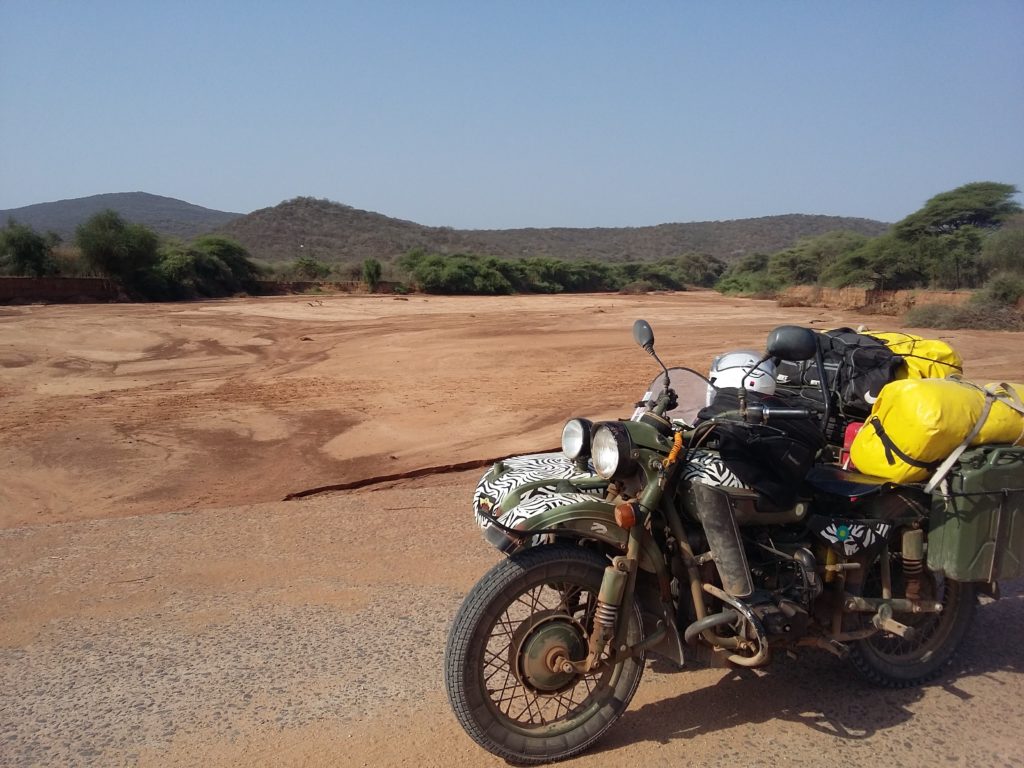
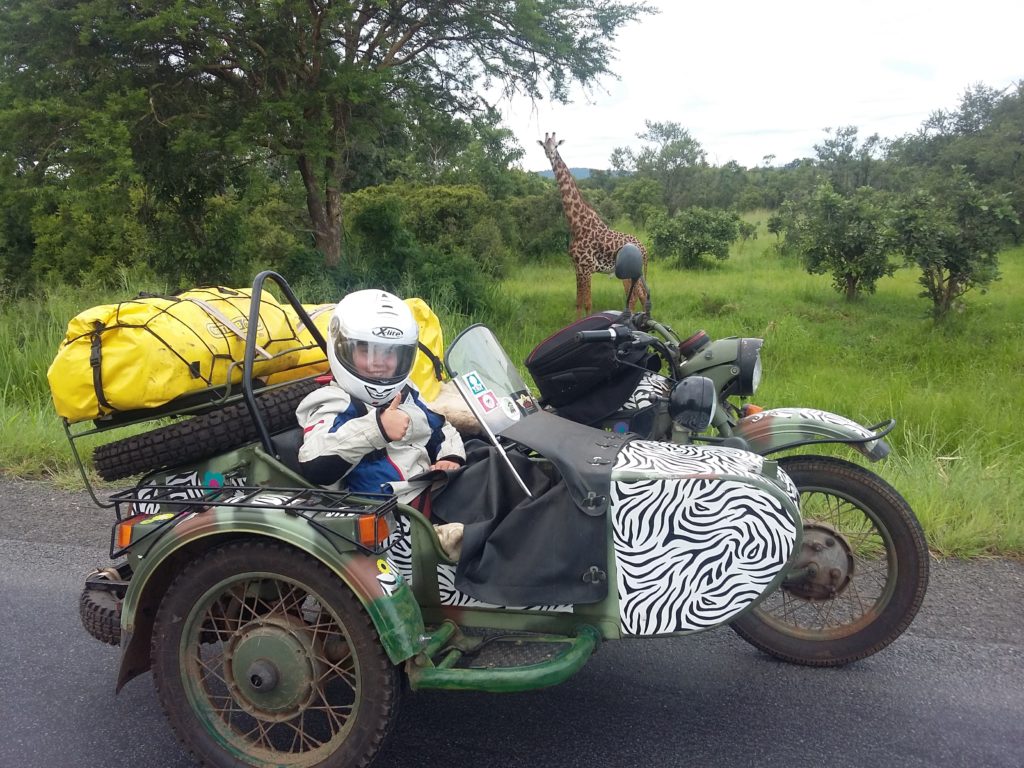

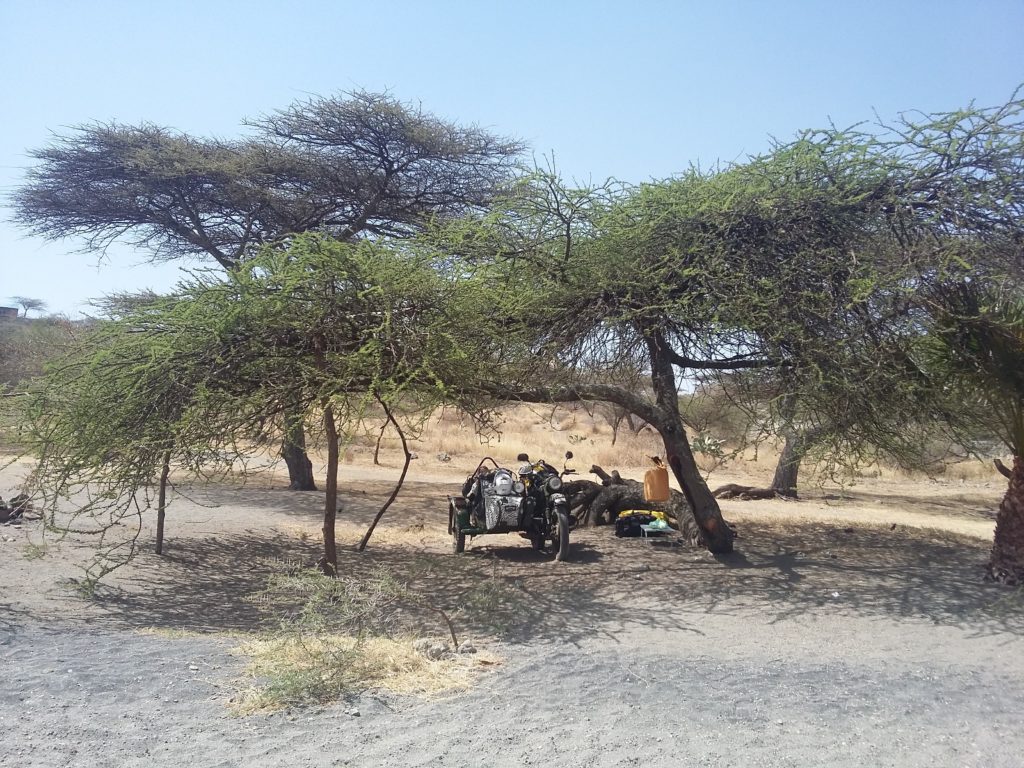


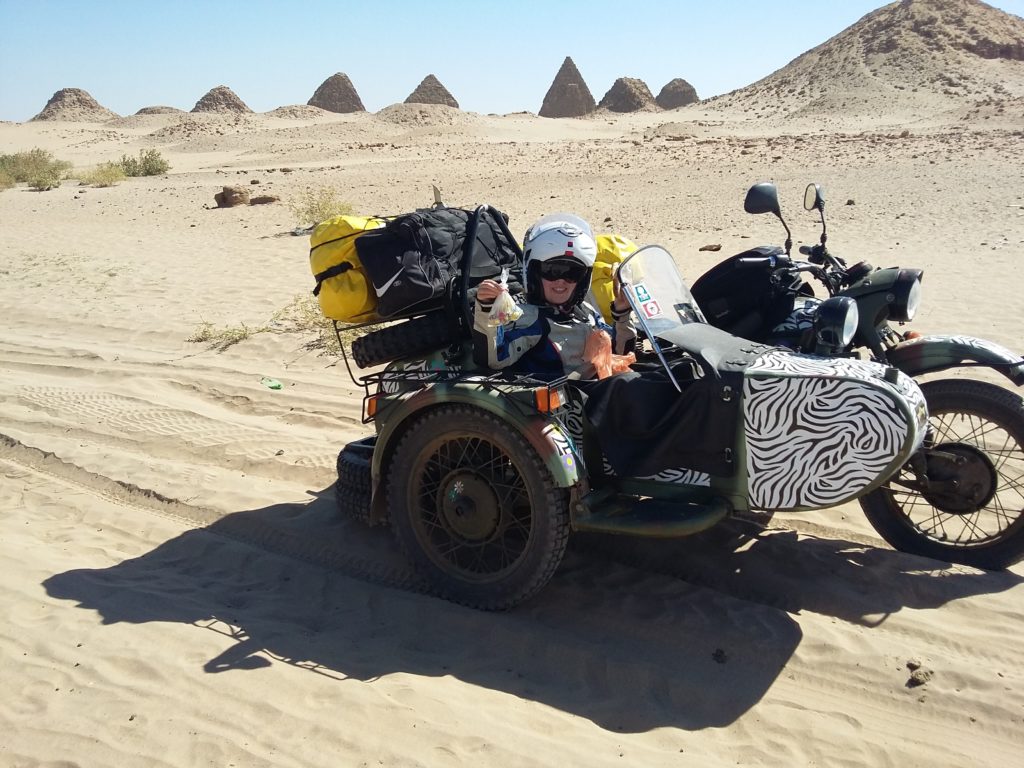
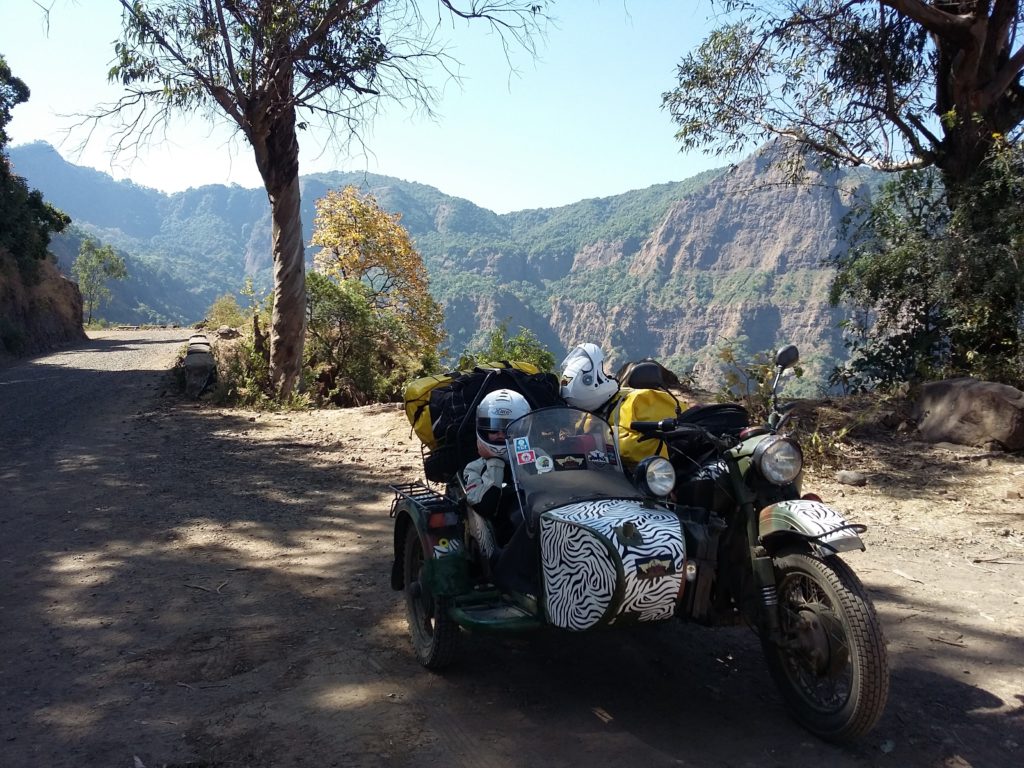
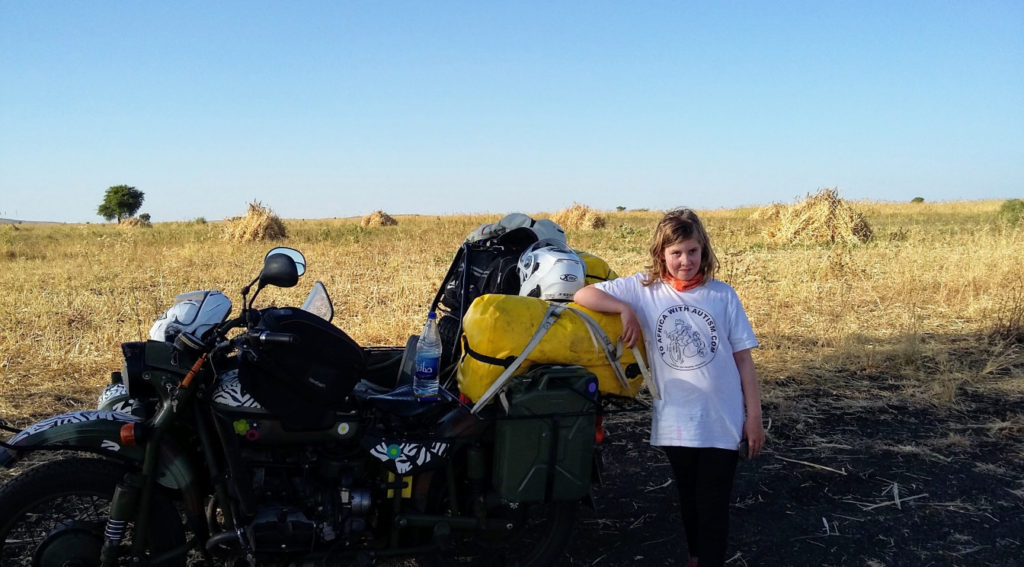
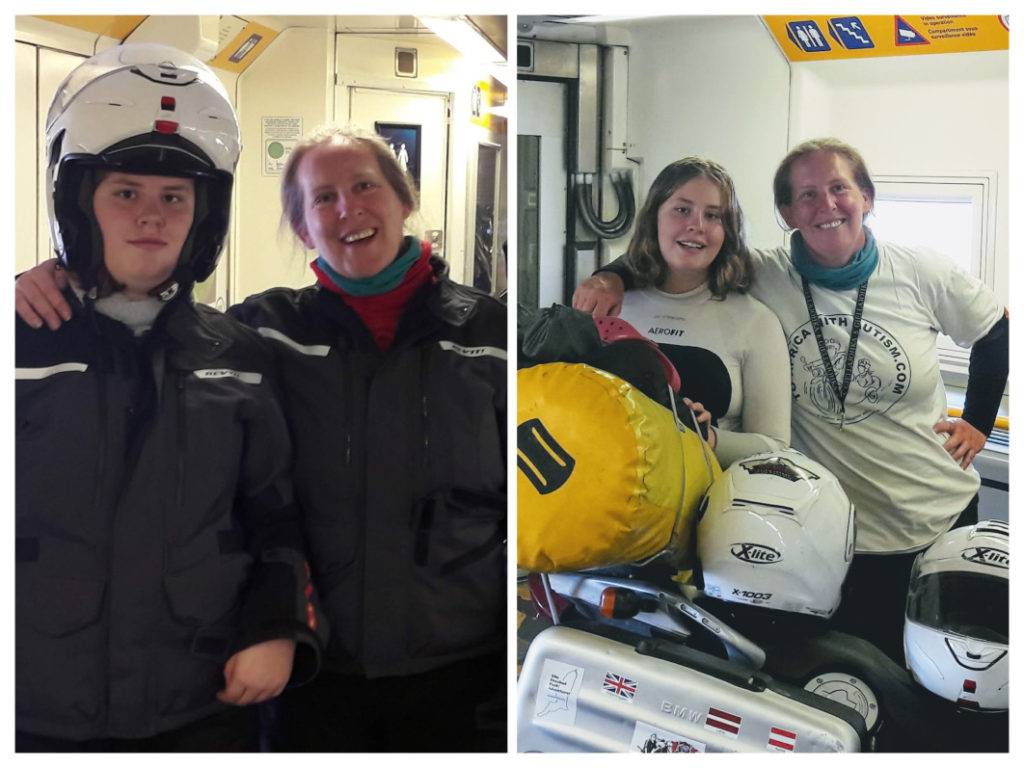
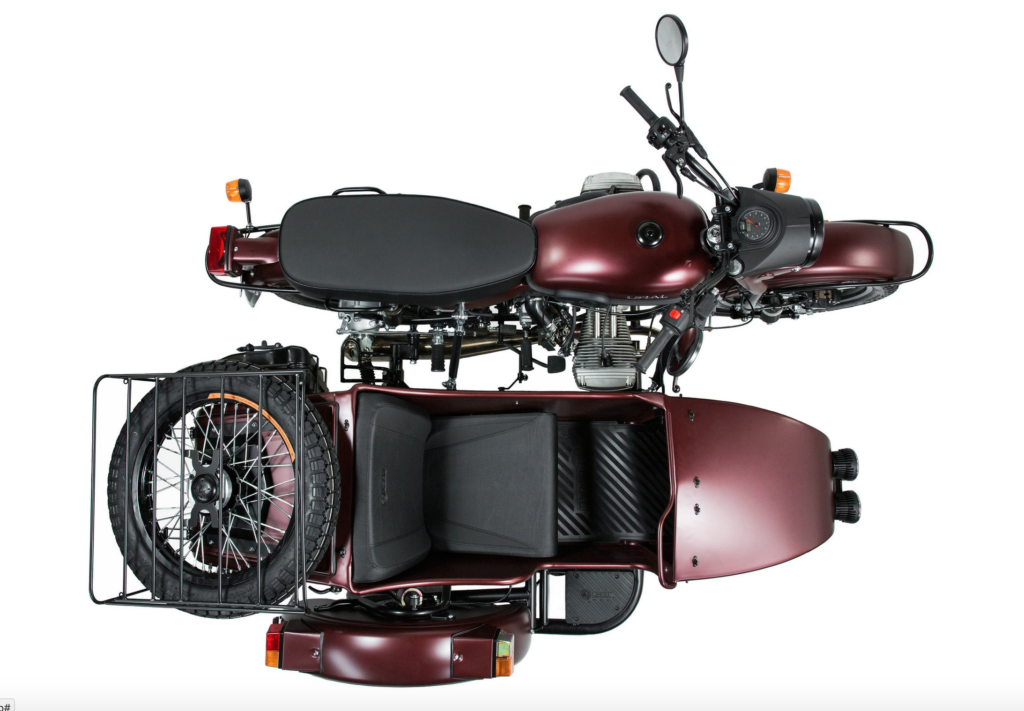
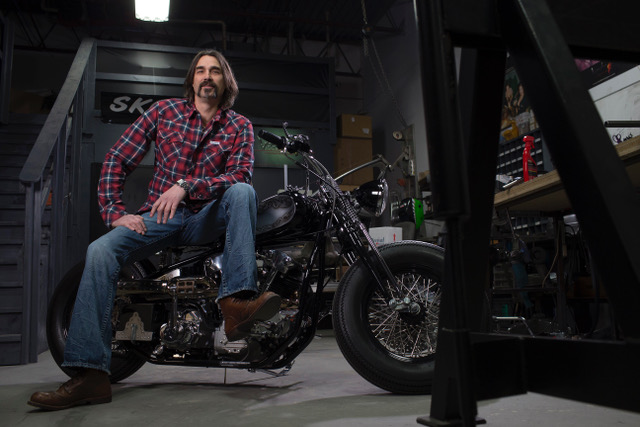
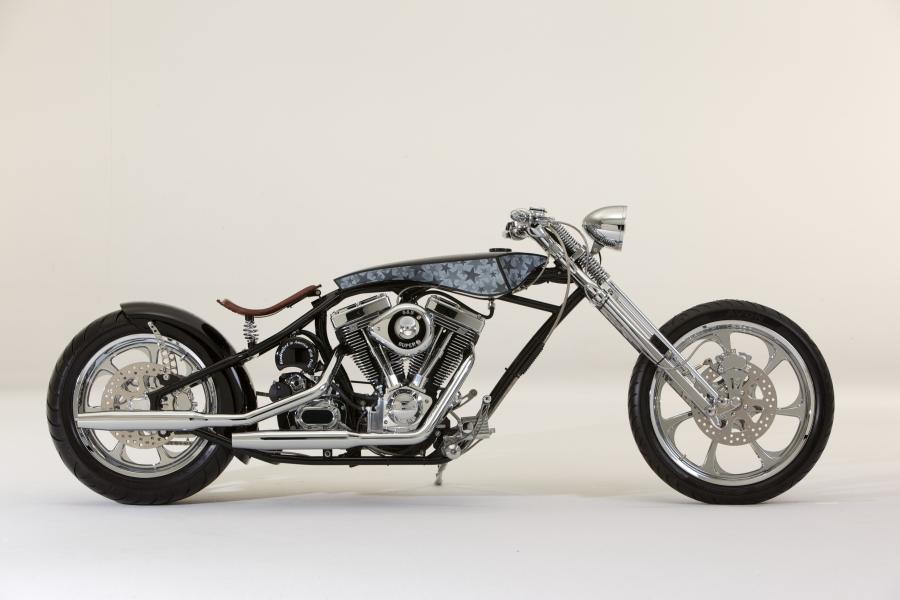
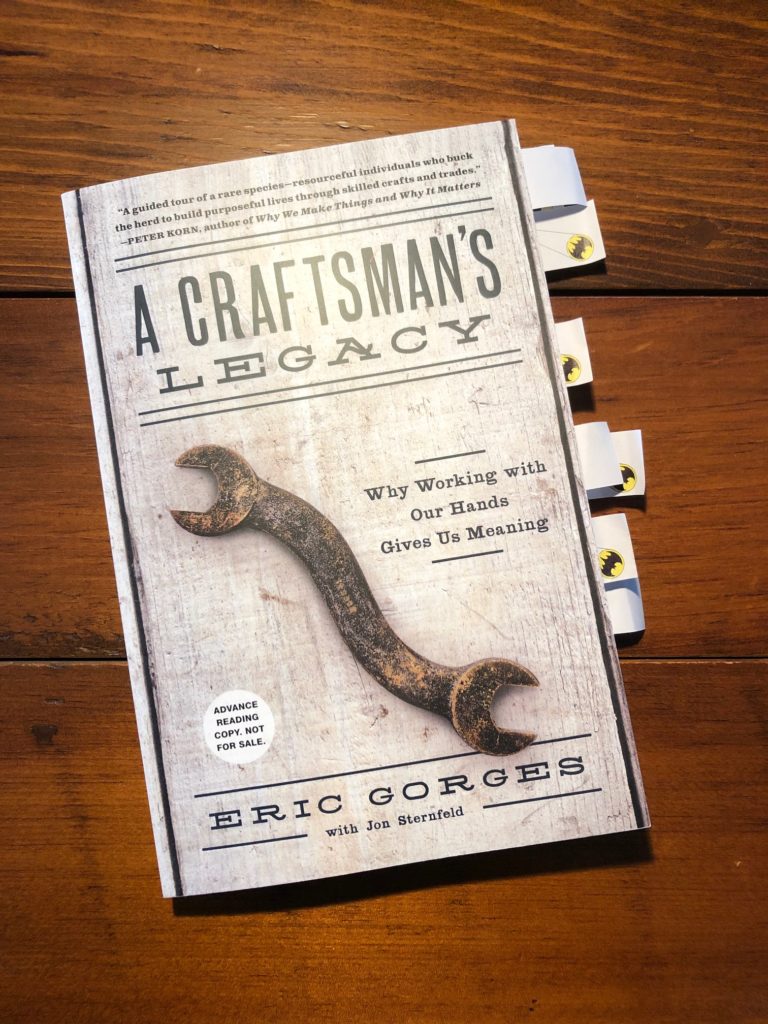


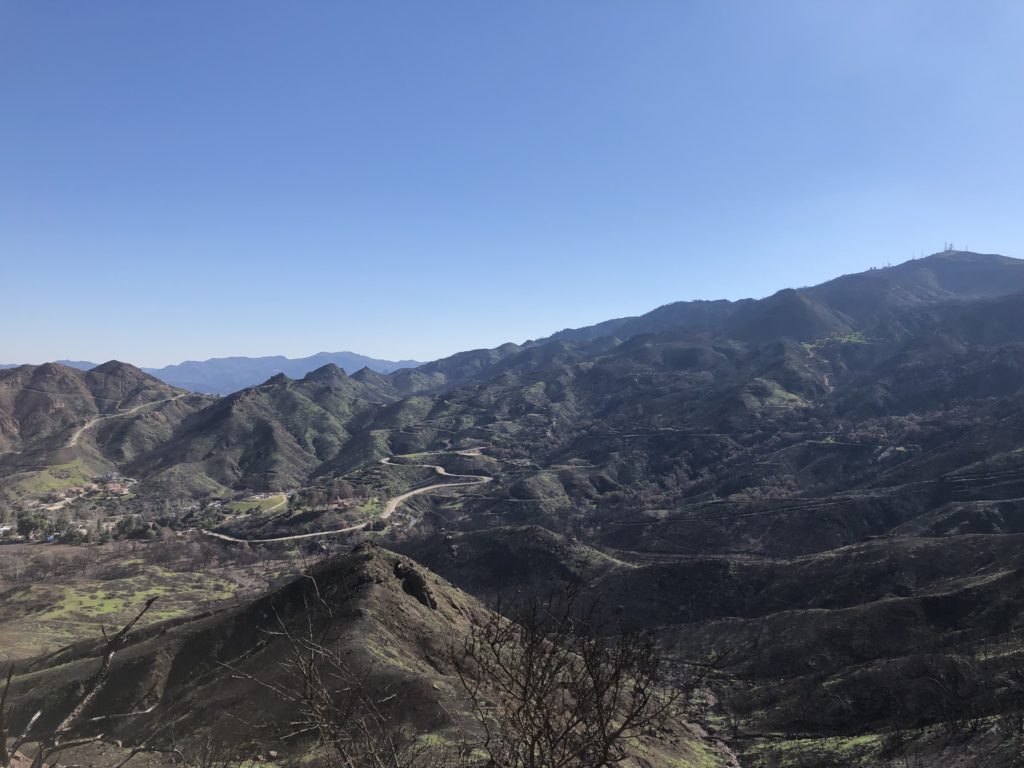


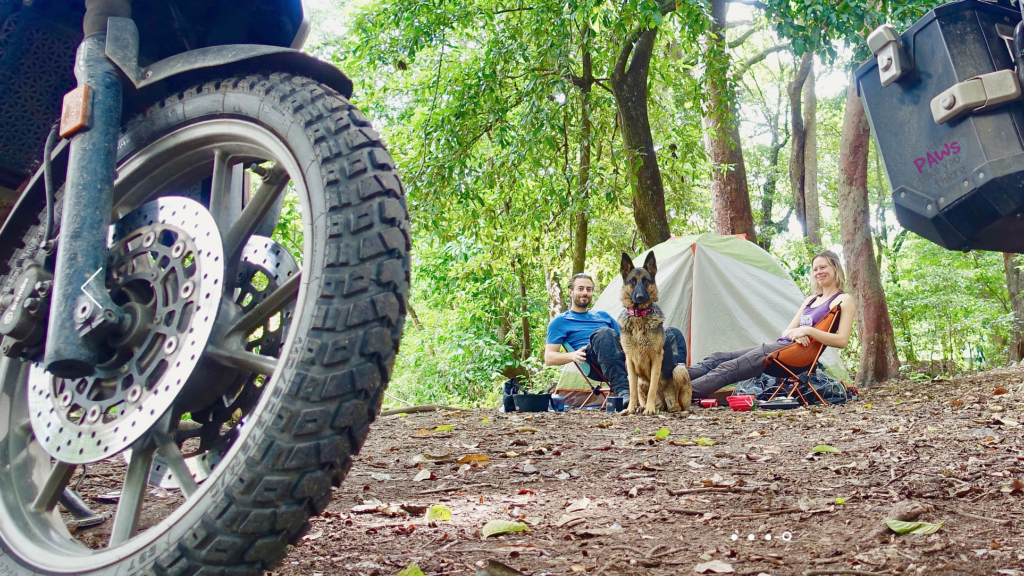


Recent Comments